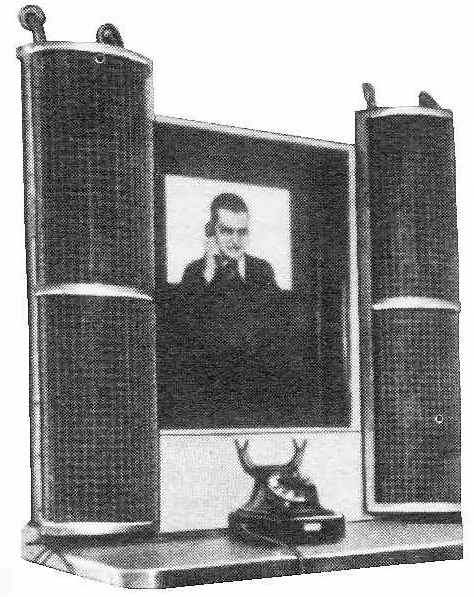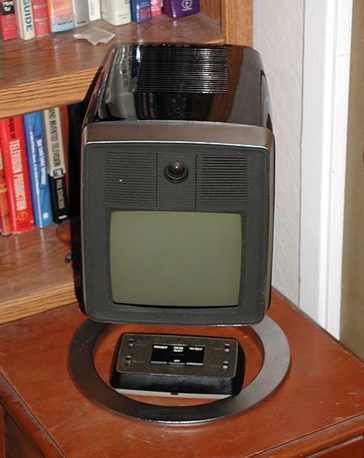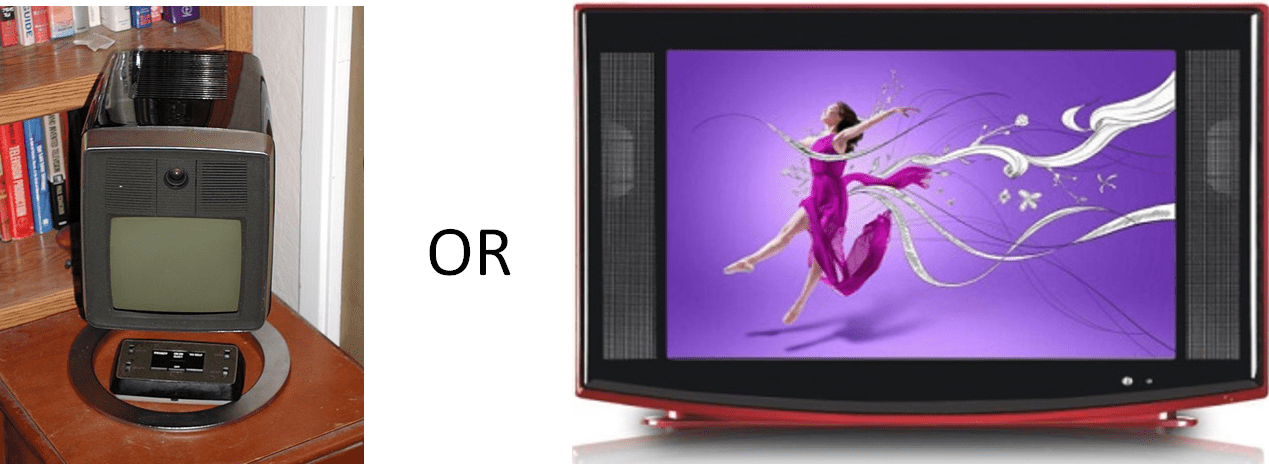We could define MPEG, when it moved its first steps, as an enfant prodige. Born on the 29th of January 1988, it was christened on the 10th of May 1988 when it held the first meeting in Ottawa, ON. The second and third meeting were held in September, the second in Turin, the cradle of the MPEG idea and the third in London.
Why prodige? Because MPEG addressed some of the issues that the ITU-T (then CCITT) had been unable or unwilling to address. The first was to set the right target of standardisation. I am an example myself of what was wrong with the ITU-T target of standardisation as I was hired to work on video telephony services, an old telco dream.
The first materialisation of the dream was in 1936 when the German Post Office offered a 172-line service between Berlin and Leipzig and later to other cities. Customers could book especially equipped booths in the main cities connected via coaxial cable.

The service was closed 4 years later when the country had set other priorities to itself.
The dream took shape a second time in 1963 when AT&T started offering its subscribers the Picturephone service, based on analogue 267 lines (50% increase in the number of lines compared to the first videophone) and a video signal with a bandwidth of 1 MHz transmitted over the telephone subscriber line.

The service was discontinued in the mid 1970s in spite of many efforts to make it succeed.
The COST 211-initiated and ITU-ratified H.120 standard addressed Videoconference at 1.5/2Mbit/s, but that, too, had limited success.
ITU-T tried again with its H.261 standard. It called it “Video codec for audio visual services at p x 384 kbit/s” in 1988 and “Video codec for audio-visual services at p x 64 kbit/s” in 1990. The change from px384 to px64 was significant but while H.261 could yield decent quality at small p values of px384, there were no “384 channels”. Unfortunately, H.261 at small (1 or 2) values of px64 yielded too poor a quality.
The great MPEG idea was to attack digital video as a mass product not from the video-conference or video-telephony side but from the consumer side.
That was a gamble because the video telephony approach had the backing of the then almighty telecom industry whose members felt protected in their national markets, while “video for consumers” was just a notion to be sold to a huge and inhomogeneous industry whose members were accustomed to wage intestine wars on their products, not to work together toward a standard.
In 1988, the ~1.5 Mbit/s throughput of a compact disc was the only digital high bitrate “channel” reaching the consumer. It did that not on twisted pair but on a shiny compact disc. Later MPEG discovered that, hidden in some remote booths in research laboratories there were people working on a different problem. Instead of trying to transmit a bidirectional bitstream of 144 (64×2+16) kbit/s that the then mainstream ISDN demanded, they tried to pack 1.5 Mbit/s downstream and a handful of bits upstream.
At its 4th two-faced meeting in November-December 1988 MPEG selected the video sequences that would be used for decades by video coding research, such as “Table Tennis” and “Flower Garden”. They were selected from, guess what, the CCIR library of video sequences because ITU-R people were in need of such sequences. MPEG owes a lot to Ken Davies of the Canadian Broadcasting Corporation (CBC) who gave access to those sequences freeing MPEG from the traditional but now inapplicable video telephone sequences. Those two video sequences and others selected on that occasion would be used and watched for decades by thousands of people engaged in video coding research both inside and outside of MPEG.
The second face of the Hannover meeting showed that MPEG was determined to break the traditional rules that governed media at that time. In the ITU of the end 1980s – both in the telecom and radio sectors – audio and video were in different study groups: audio (speech) was in SG XVIII and video was in SG XVI. They communicated between them via liaison letters, reputed to be one of the most efficient communication means. Thanks to the help of Hans Musmann of the Technical University of Hannover, MPEG succeeded in creating a group in MPEG – which was actually also its first subgroup – dedicated to Audio coding, where audio was no longer speech but music.
That was an epoch-marking change. It might have taken years to implement, but now in standards and research alike audio and video come together. People communicate directly, not via liaison letters.
The driver to create such audio-video integration was my experience of the ITU-T video telephony project designed to provide an integrated audio-visual and data solution standard for the plans that many telcos had to offer a videophone service on the (slowly) emerging ISDN. H.261 was clearly one leg of the solution, but what about the other leg? There should not have been a problem, bexause speech coding had been the target of ITU standards for many years since the establishment of G.711 where 3.4 kHz speech was digitised at a sampling frequency of 8 kHz with 8 bits per sample but with two different companding laws (A-law and µ-law).
Well, believe it or not, the videophone service used uncompressed 64 kbit/s for speech and 64 kbit/s for video. The first plain PCM and the second compressed by more than 3 orders of magnitude.
For MPEG, instead, whatever video service one could think of would require audio well integrated with video and not just set side-by-side. This is how Hannover marked the beginning of the technically glorious MPEG-Audio coding standards. The commercial side would require a few more words.
I played an initial role in the ITU-T effort at enabling data to be added to a videoconference stream and I was horrified seeing the solution that was discussed and eventually adopted in the H.221 recommendation: a solution based on frames, multiframes and supermultiframes. When it had the chance MPEG developed instead a flexible packet-based multiplexer where all media were packetised. That was done in MPEG-1 and continued in MPEG-2. It is worth noting that Digital Audio Broadcasting (DAB) adopted MPEG-1 Audio Layer II, but not the MPEG-1 Systems layer.
Of course, the first steps of the MPEG child did not go unnoticed in ITU-R. Upon receiving news of the establishment of MPEG, Mr. Richard Kirby, then the Director of CCIR, sent a letter to the relevant CCIR SG Chairmen requesting them to study the impact that this unknown group might have on future CCIR activities.
Fortunately there was no Herod at that time. He will come later.


